From Douro to Alentejo: 7 Top Portuguese Wine Regions you must visit
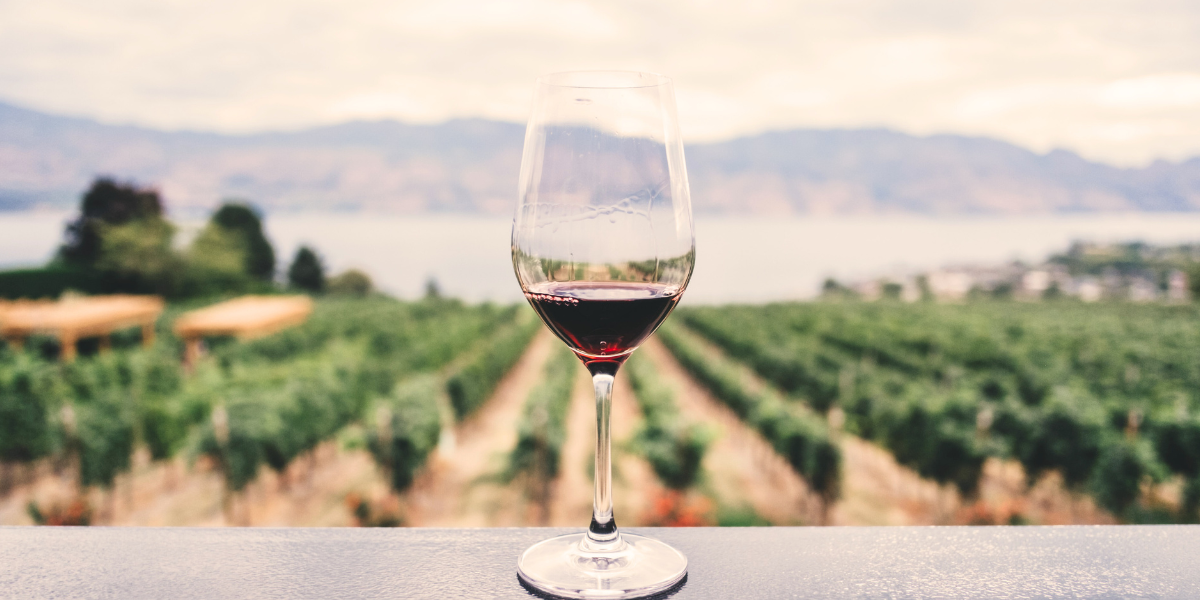
Discover the 7 best Portuguese wine regions, from the famous Douro Valley to hidden gems like Dão. Indeed, if you are thinking of coming to Portugal and not visiting one of these spectacular wine regions, you will not enjoy the fullest Portuguese experience. You wouldn’t want to miss the unique terroirs and taste award-winning wines that captivate the hearts of consumers across the world.
Portugal, a country steeped in winemaking tradition, boasts some of the world’s most captivating wine regions. In fact, did you know that Portugal is home to the oldest demarcated wine region in the world? From the sun-drenched hills of the Douro Valley to the coastal vineyards of Vinho Verde, we will take you on a journey through the best portuguese wine regions, each offering a unique taste of the country’s rich viticultural heritage.
Ranking 9th, Portugal is among the top ten global wine exporters
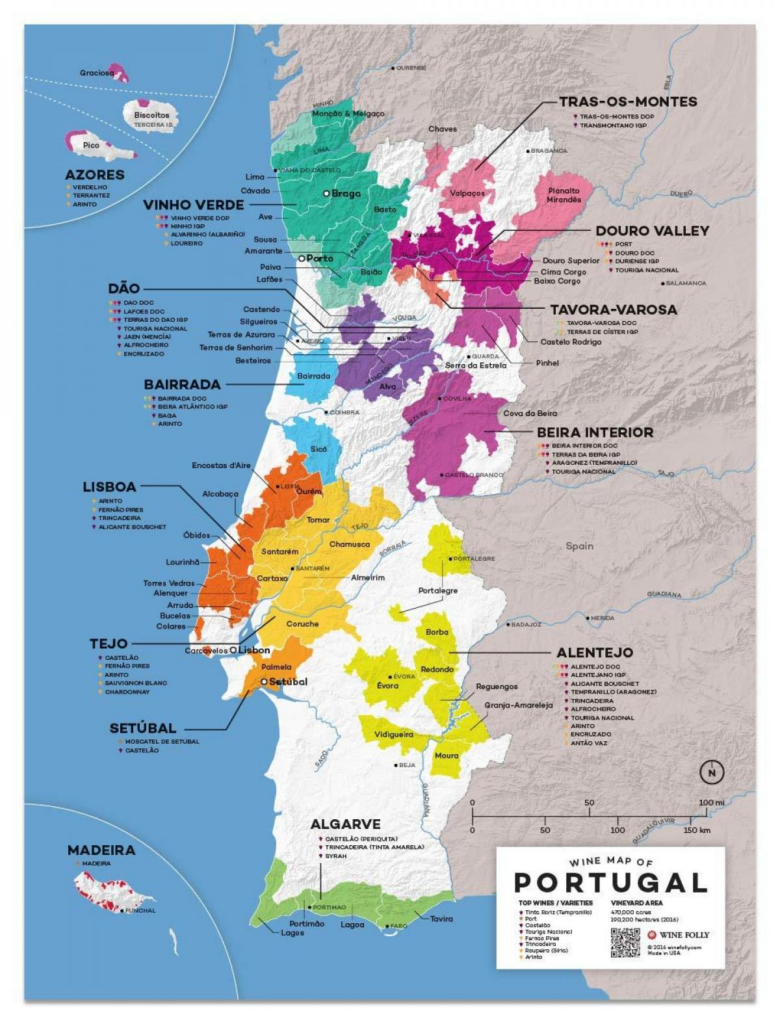
1 Douro Valley: The Crown Jewel of Portuguese Wine
The Douro Valley, a UNESCO World Heritage site, is arguably Portugal’s most famous wine region. Known for its stunning terraced vineyards and the birthplace of Port wine, this region offers much more than just fortified wines.
Furthermore, if you come from the US, you will find the Valley’s steep, terraced vineyards similar to certain parts of California’s Sonoma Coast, where winemakers work with challenging terrain to produce distinctive wines.
Interesting Facts about Douro Valley
- Established in 1756, making it the oldest demarcated wine region in the world.
- Home to over 100 indigenous grape varieties, with Touriga Nacional being the most prestigious and famous grape variety in Portugal’s Douro Valley.
- Additionally, it produces world-class red wines alongside its famous Port.
Moreover, Hugh Johnson, the well-known British wine writer, said about the Douro Valley in his book “The Story of Wine”: ‘This is where nature and man have come together to create something truly unique.’
Interestingly, statistics show that Portuguese wine exports, including those from the Douro region, grew by 11% in quantity and 18% in value between January and November 2021 compared to 2020.
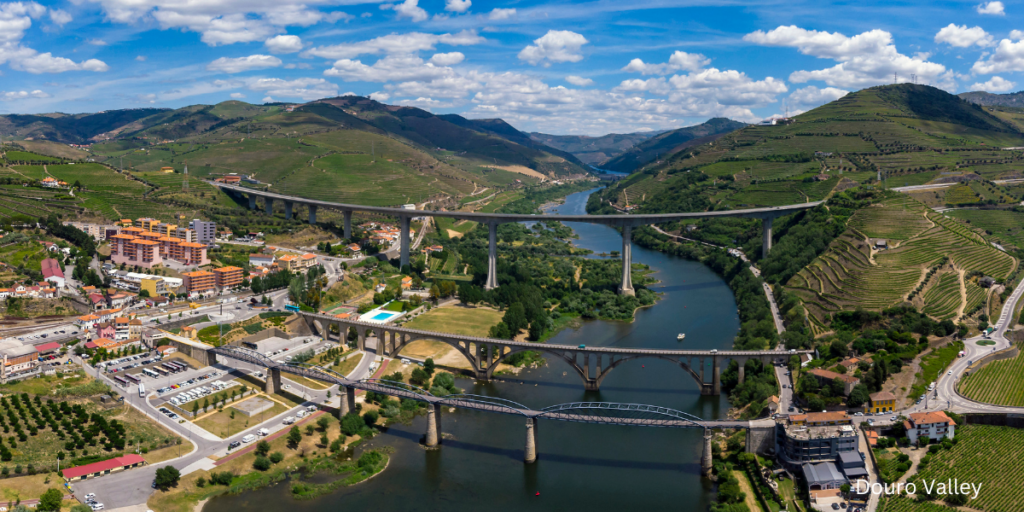
2 Vinho Verde: The Refreshing North
Vinho Verde, meaning “green wine,” is a unique wine region in northern Portugal known for its crisp, light, and slightly effervescent white wines.
- Largest wine region in Portugal by area
- Wines typically have lower alcohol content (8-11%)
- Known for Alvarinho grape, which produces high-quality white wines
The region’s cool, rainy climate and granite soils contribute to the distinctive freshness of Vinho Verde wines. These wines have gained popularity as perfect summer sippers. If you come from the US you must take a couple of bottles back home, as these “green wines” are excellent souvenirs and good value for the money.
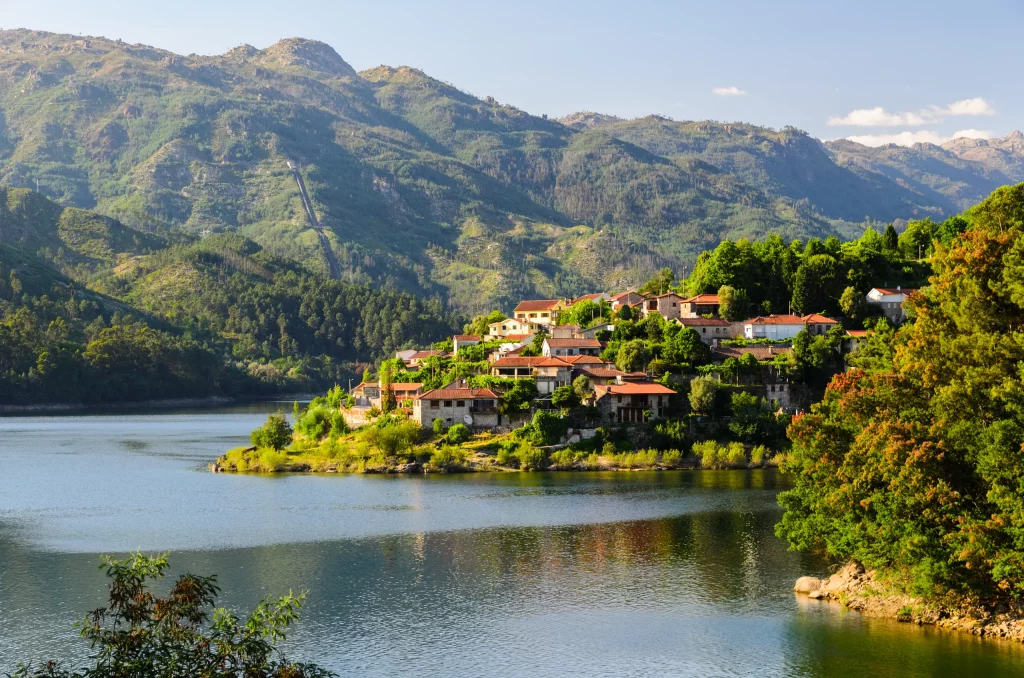
3 Dão: The Hidden Gem
Nestled in central Portugal, Dão is often overlooked but produces some of the country’s most elegant and age-worthy red wines.
- Protected by mountains on three sides, thus creating a unique microclimate.
- Known for Touriga Nacional grape, Portugal’s flagship red variety.
- Produces complex reds and fresh, mineral-driven whites.
In addition, wine critic Robert Parker has praised Dão wines for their “finesse and longevity,” comparing the best examples to fine Burgundy.
The Touriga Nacional grape, prominent in Dão, is often compared to Cabernet Sauvignon in terms of its structure and aging potential. Interestingly, some innovative US winemakers have even started planting Touriga Nacional in California.
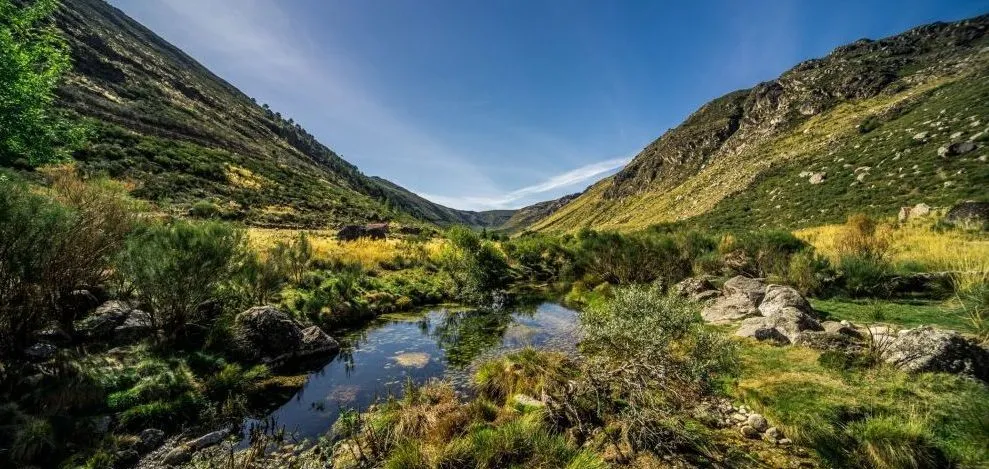
4 Alentejo: The New World of the Old World
Alentejo, covering nearly a third of Portugal, is rapidly gaining recognition for its bold, fruit-forward wines that appeal to international palates.
- Hot, dry climate similar to parts of Australia or California.
- Furthermore, it’s pioneering sustainable and organic winemaking practices.
- As a result, it produces rich reds and full-bodied whites.
Notably, the Alentejo region has implemented one of the most demanding sustainability programs in the world, known as the Alentejo Wines Sustainability Programme (PSVA). This program has gained international recognition and certification, highlighting the region’s commitment to sustainable viticulture.
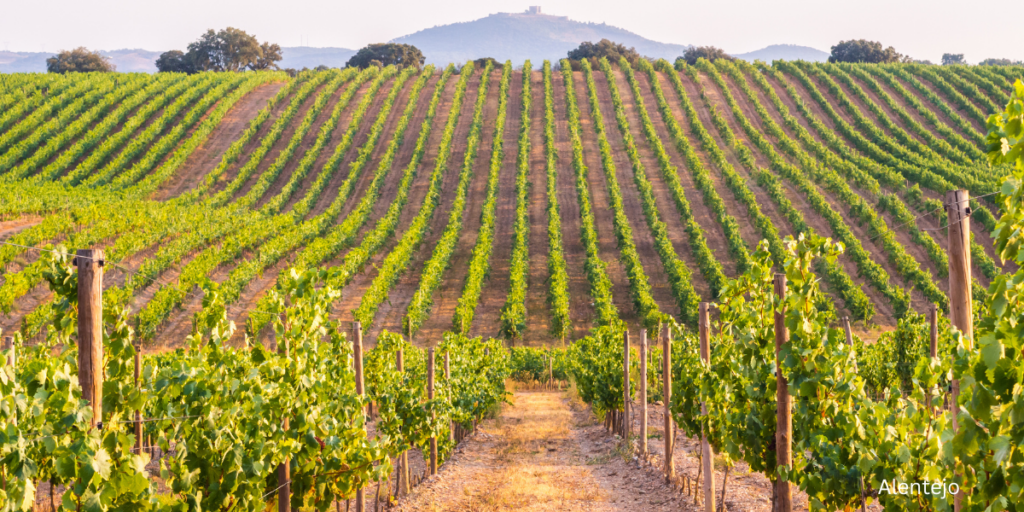
5 Bairrada: The Sparkling Sensation
Bairrada, located between Porto and Lisbon, is renowned for its sparkling wines and robust reds made from the Baga grape.
- Cool Atlantic influence creates ideal conditions for sparkling wine production.
- In fact, traditional method sparkling wines rival Champagne in quality.
- Baga grape produces tannic, age-worthy reds.
Bairrada is one of the first regions in Portugal to produce sparkling wines, known locally as “Espumante.” Indeed, over 50% of Portugal’s sparkling wines come from this region.
Moreover, Bairrada wines are famous for their food pairings, especially with local dishes like “Leitão Assado à Bairrada”.
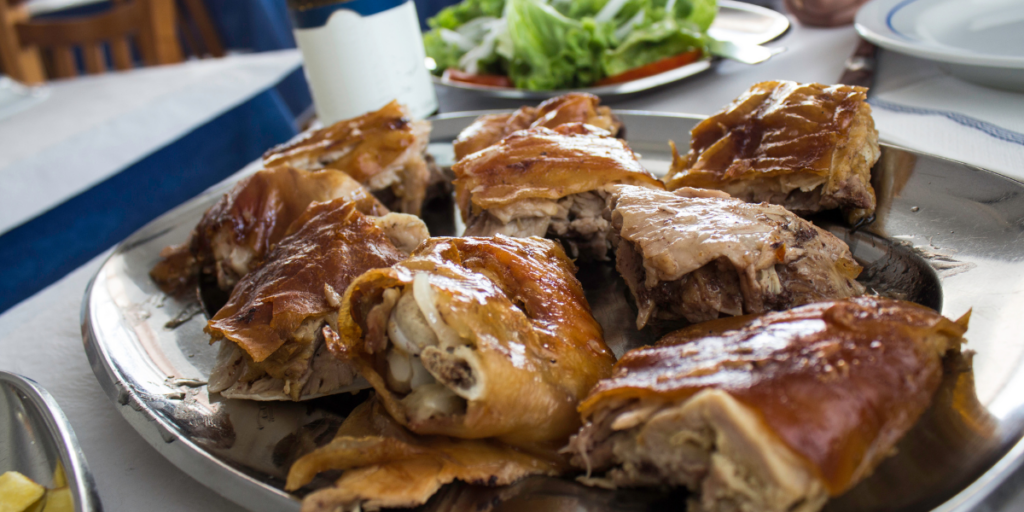
6 Lisboa: The Coastal Charmer
Lisboa wine region, surrounding the capital city, offers a diverse range of wines influenced by the Atlantic Ocean.
- It comprises nine sub-regions, each with distinct microclimates.
- It’s Known for light, easy-drinking wines perfect for everyday consumption.
- Also, It’s Emerging as a hotspot for innovative winemaking techniques.
This wine region was formerly known as Estremadura until 2009. The name change was to avoid confusion with the Spanish region of Extremadura.
The region produces some of the best sparkling wines in the Iberian Peninsula, especially in the subregion of Óbidos.
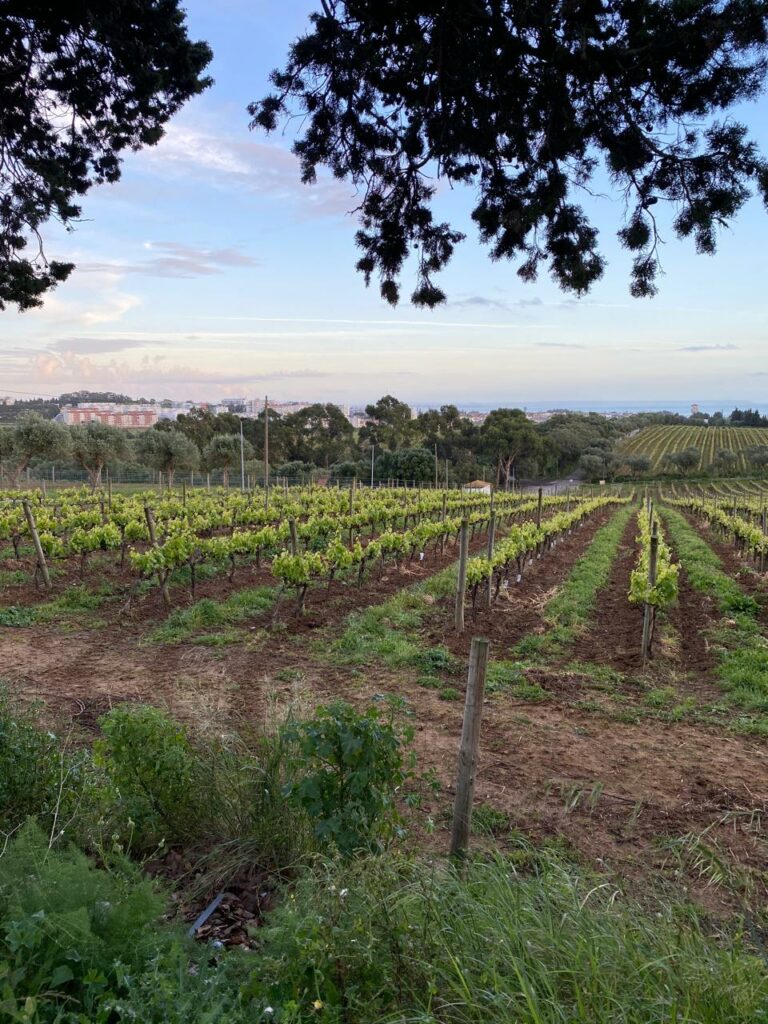
7 Madeira: The Unique Wine
While technically not on mainland Portugal, the island of Madeira produces some of the world’s most unique and long-lived wines.
- It’s known for fortified wines that can age for centuries.
- Moreover, It employs a unique winemaking process involving heating the wine.
- Four main styles ranging from dry to sweet.
Notably, Madeira wine’s distinctive character comes from a unique winemaking process called “estufagem,” which involves deliberately heating the wine. This technique was discovered by accident and has since become an integral part of Madeira wine production.
Finally, Madeira wine sales have seen a resurgence in recent years, with a 8.4% increase in global sales reported in the first half of 2023, driven by growing interest from wine collectors and enthusiasts.
Portuguese wines have been gaining traction in the US, with a notable increase in imports. As a result, the North American market is the second largest importer of Portuguese wine, with a value of 100 million euros in 2023.
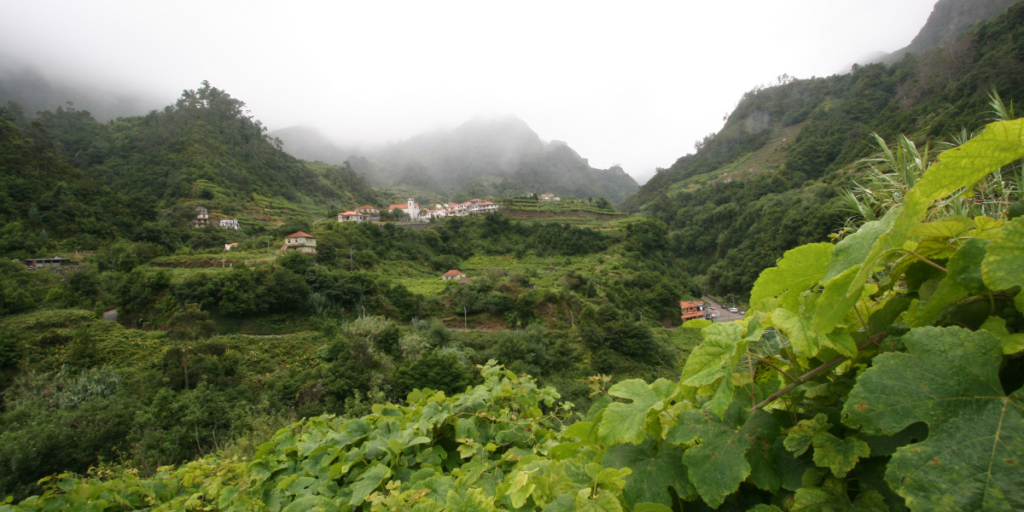
¿How many Portuguese wine Regions are there?
Portugal has 14 main wine regions, each with its own unique characteristics and grape varieties.
